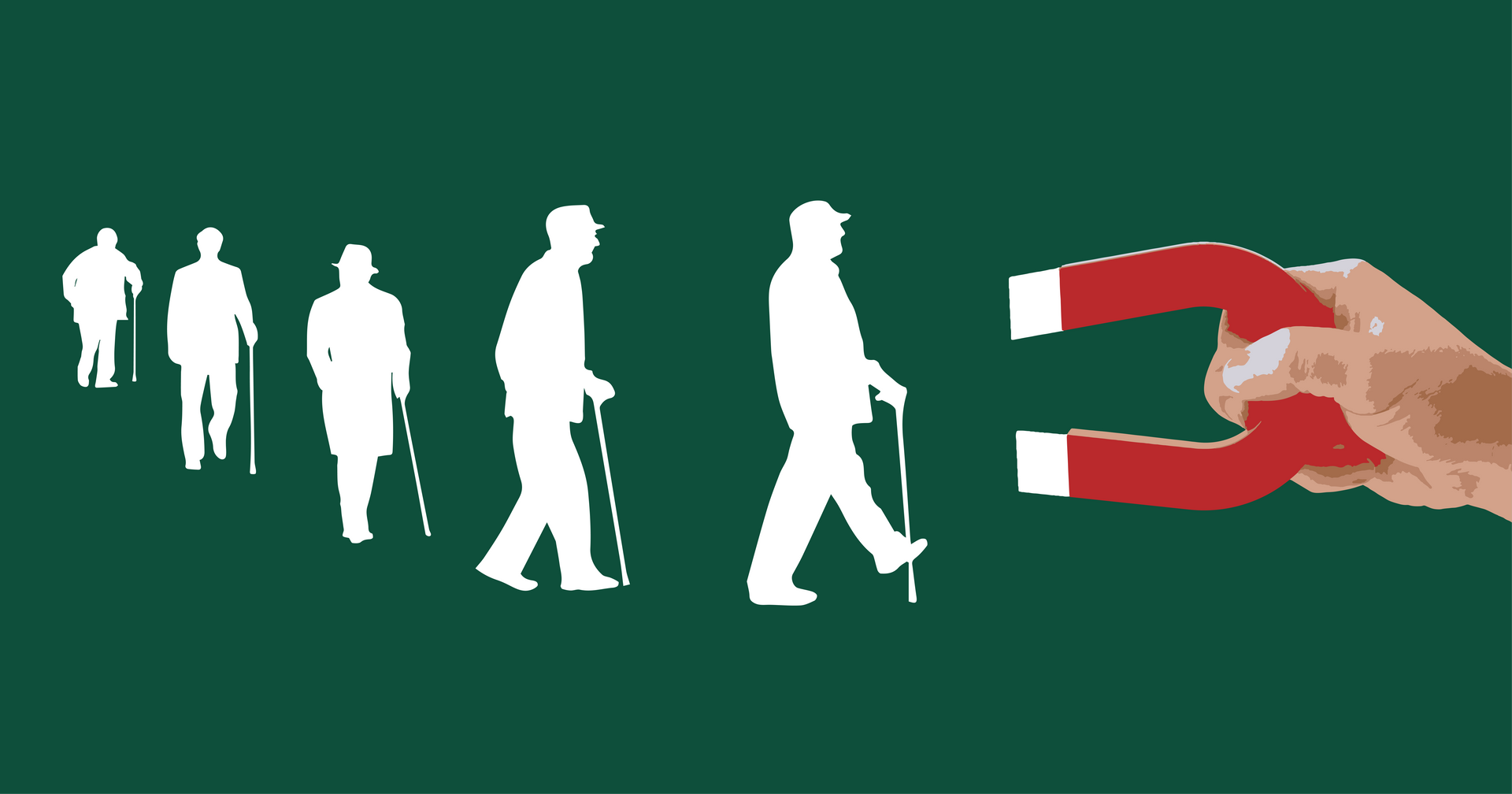The End of Third-Party Cookies: Can Server-Side Tracking Turn The Tide?

Third-party cookies are set to be phased out by 2024, according to Google. This is due to increasing privacy concerns and regulations.
The way digital advertising and user data tracking work is changing rapidly. For years, third-party cookies have been the main way businesses collect user data, target ads, and measure the success of their campaigns. However, web browsers are getting rid of third-party cookies to protect user privacy and data security. This is leaving marketers and businesses scrambling to find new ways to track users and measure their advertising campaigns.
One promising alternative is server-side tracking. Server-side tracking works by tracking users on the server side, rather than on the client side. This means that users' data is not stored on their devices, and they are not tracked across different websites. Server-side tracking is more privacy-friendly than third-party cookies, and it gives businesses more control over their data. It can also help businesses to create more effective advertising campaigns.
How are Third-Party Cookies Used?
While third-party cookies can be useful for some purposes, they also raise privacy concerns. This is because third-party cookies can be used to track users' browsing activity across different websites without their knowledge or consent. This information can then be used to create detailed profiles of users, which can be used for targeted advertising and other purposes. Some examples of this are:
- Social media: When you visit a website that has a social media sharing button, a third-party cookie may be set on your device. This cookie allows the social media platform to track your browsing activity across different websites. This information can then be used to show you relevant ads on the social media platform.
- E-commerce: When you browse an e-commerce website, third-party cookies may be set on your device to track your browsing activity. This information can then be used to retarget you with relevant ads on other websites. For example, if you view a product page on an e-commerce website, you may start seeing ads for that product on other websites.
- Advertising networks: Advertising networks use third-party cookies to track users' browsing activity across different websites. This information can then be used to target users with relevant ads. For example, if you visit a website that uses a particular advertising network, you may start seeing ads for that network's advertisers on other websites.
- Multifamily Apartment - 3rd Party Tools: In the multifamily apartment arena, the reliance on prominent external platforms like Yardi, RealPage, Appfolio, Buildium, Entrata and others is nearly universal, as these sophisticated tools offer comprehensive solutions for processing tenant information. These systems integrate third-party cookies that meticulously follow a user's digital footprints, weaving through various online interactions. Whether individuals are browsing potential listings, filling out applications, or submitting inquiries, these platforms harness the data, creating detailed user profiles. Although this method provides undeniable conveniences, enabling property managers to streamline operations and personalize tenant experiences, it also raises privacy concerns. The behind-the-scenes data collection, powered by cookies across these platforms, occurs often without explicit user awareness or consent, bridging multiple online activities into one unified, yet hidden, tenant portrait. This complex interplay between efficient tenant management and digital privacy necessitates a transparent approach in data practices, urging these industry-leading platforms to pioneer solutions that honor user confidentiality while maintaining the intelligent targeting essential in modern apartment marketing.
How Server-Side Tracking Works?
Server-side tracking works by tracking user behavior on the server side, rather than on the client side. This means that users' data is not stored on their devices, and they are not tracked across different websites. This is how it works:
- A user visits a website, vendor applicant multifamily platform or social media that uses server-side tracking.
- The website's server sends a tracking request to the server-side tracking provider which now can be not only Google cloud or Google Cloud reseller like Stape.io - but also it can be other server providers.
- The server-side tracking provider collects data about the user's visit, such as the pages they visited, the products they viewed, and the actions they took.
- The server-side tracking provider then sends this data back to the website's server.
- The website's server can then use this data to track the user's behavior and to improve the website's performance and marketing campaigns.
- Server-side tracking can be implemented using a variety of different technologies, such as JavaScript, PHP, and Python. It can also be implemented using a variety of different third-party services.
Integrating server-side tracking
Server-side tracking lets you use a cloud server to send data to different ad platforms. You can set up server-side tracking for platforms like Google Analytics 4, Google Ads, and Facebook. Other platforms like TikTok, Snapchat, and Bing also support server-side tracking, but their documentation isn't as clear.
The easiest way to integrate server-side tracking for your website is to use the Google Tag Manager server container. But setting it up requires a good understanding of Google Tag Manager, development skills, and a lot of time.
Facebook is a big supporter of server-side tracking. It's been in a fight with Apple over the restrictions Apple is putting on cookie connectors. To get around these restrictions, Facebook introduced the Conversions API (CAPI), also known as Facebook server-side tracking. CAPI lets you connect with users and customers without the limits of browsers or devices, which aligns with Apple's policy restrictions. Basically, it lets you send event data directly from your server to Facebook's server.
What happens if third-party cookies will be completely blocked?
In the third quarter of 2024, Google plans to extend the removal of third-party cookies to all Chrome users, pending regulatory approval. This will have a major impact on how digital advertising works. Some people are worried that it could lead websites to use more invasive tracking methods.
To help with the transition, Google is introducing new Privacy Sandbox APIs that are designed for different things, like verifying identity, showing ads, and finding fraud. But there's still uncertainty about how the advertising ecosystem will adapt.
The initial 1% deprecation that's set for next year will be a critical time for websites, advertisers, and other industry players to test compatibility and get ready for the wider rollout. Since Google is the dominant web browser, this will be closely watched.
What Implications Does This Hold for Advertisers?
This change will likely cause controversy in the digital advertising industry, which relies heavily on third-party cookie tracking. Some ad tech companies could lose their ability to collect data.
Advertisers and publishers will need to find new ways to target ads to their audiences. This transition could favor companies like Google, Facebook, and Amazon, which have large collections of user data from logged-in accounts.
Privacy groups support the move to block third-party cookies, but some are concerned that Google's Privacy Sandbox may not be effective enough in preventing clandestine tracking practices.
How Server-Side Tracking Facilitates the Transition Away from Third-Party Cookies
First-Party Cookies
Server-side tracking eliminates the need for third-party cookies and client-side JavaScript libraries, which can slow down your website. Instead of relying on cookies from multiple sources, server-side tracking sets cookies from a cloud-tagging server URL that is seamlessly integrated with your primary website domain.
While the full-scale transition from browser tracking to server-side tracking may not be immediate, it offers a practical compromise. As many platforms are still in the process of developing their server-side APIs, a combination of both methods seems likely for the near future.
Control over the data
Server-side tracking gives you control over the data you send to each vendor. Unlike browser tracking, where pixels can access and use any user or product data they find on your site, server-side tracking lets you decide what information is shared.
This is important because it allows you to make sure that tracking pixels are only collecting the information they need, and not siphoning off all the data from your site. With browser tracking, user information on your website could potentially be accessed by other tracking scripts.
Even with server-side tracking, it's important to get user consent before sending any user data to third-party platforms. This is because privacy concerns are growing, and users want to have control over their own data.
Let's see an example of how server-side tracking can be used to control the flow of data:
- A website owner wants to track how many visitors come to their site and what pages they view. They use server-side tracking to send this data to Google Analytics.
- The website owner does not want to share any other data with Google Analytics, such as the users' names or email addresses. They use server-side tracking to ensure that only the necessary data is sent.
Enhanced Data Accuracy
Server-side tracking can help you get more accurate data because ad blockers can't stop requests that come from your domain. You can set up a custom URL for server-side tagging so that all requests are treated as first-party interactions.
For example, let's say you're using Universal Analytics. With browser tracking, all Google Analytics requests go to a third-party domain. This means that third-party cookies will be set up because the domain is different from your website's domain.
Though, if you use server-side tracking with a custom subdomain configuration, all requests to the tagging server will come from that custom subdomain. For example, if your website domain is example.com and your tagging URL is ss.example.com, all Universal Analytics requests will be sent from “https://ss.example.com/j/collect”.
This means that the requests will be classified as first-party interactions and won't be affected by ad blockers or Intelligent Tracking Prevention (ITP).
It's important to note that even though server-side tracking has a lot of advantages, it's still important to get user consent before sending any user data to third-party platforms. This will help you comply with regulations and build trust with your users.
Conclusion
The conventional browser-based approach to tracking website visitors is no longer in alignment with contemporary policies and regulations. Therefore, we strongly advocate the prompt adoption of server-side tracking, which offers a multitude of advantages over the antiquated and cumbersome browser method. Adapting to server-side tracking may necessitate a period of acclimatization, but the merits it affords undoubtedly outweigh any initial learning curve or adjustment phase.




